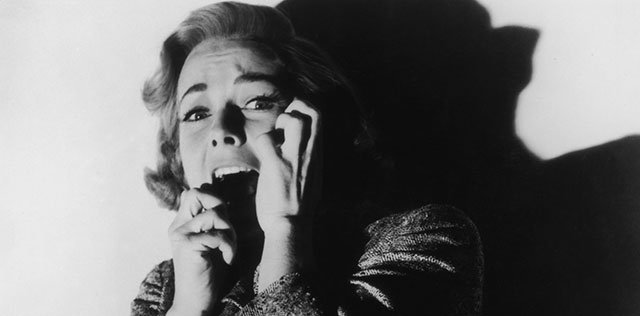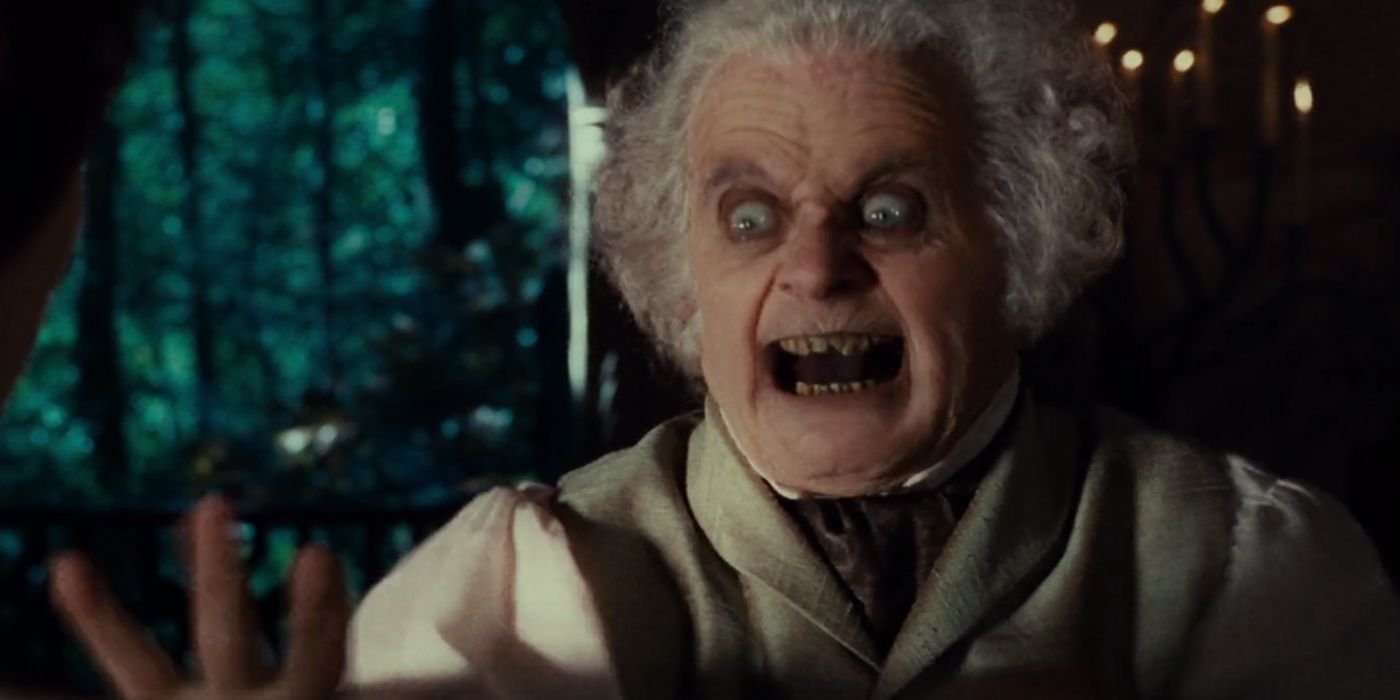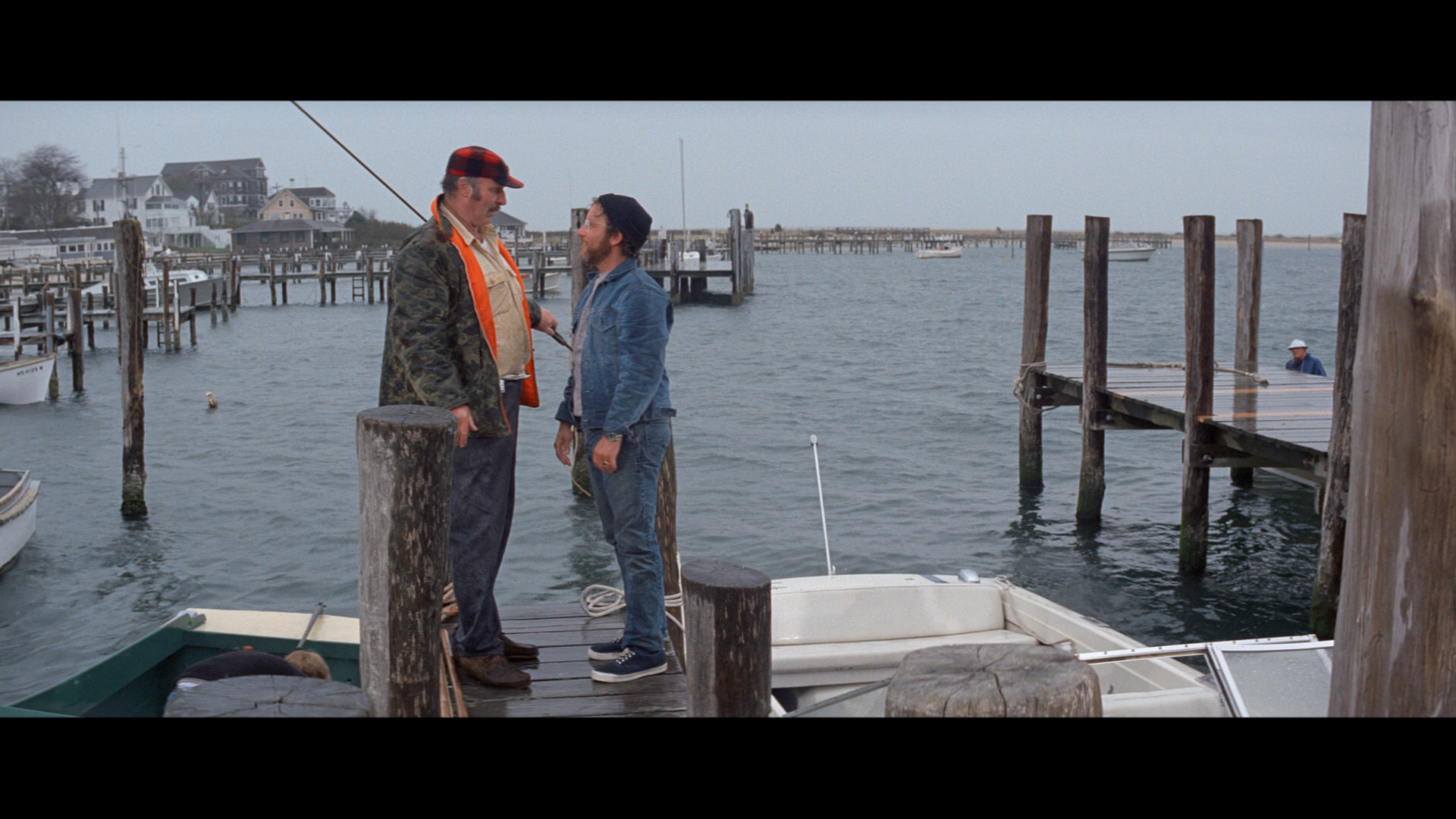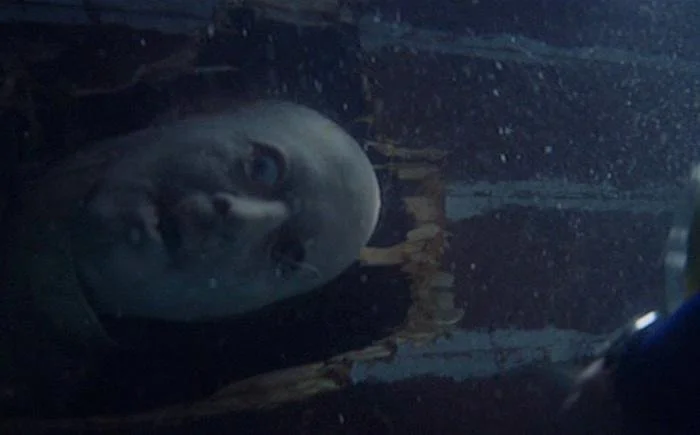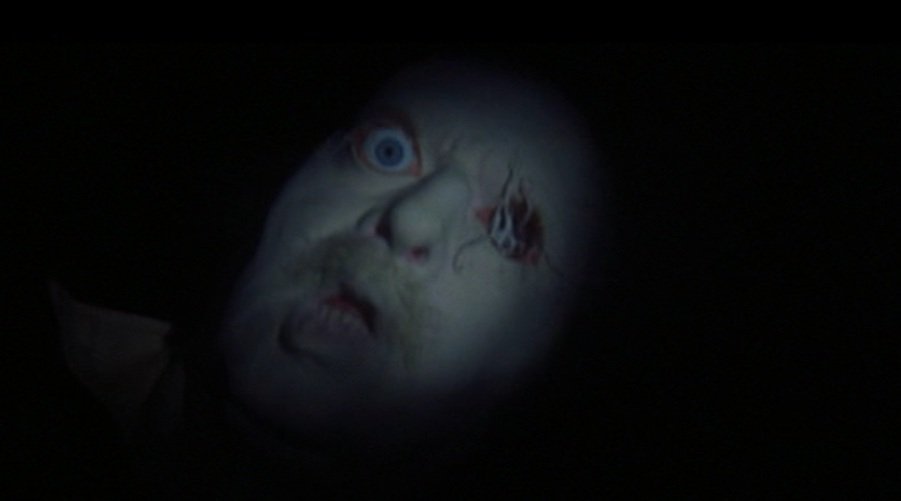Jaws: The greatest jump scare of all time
Do you like scary movies? You do! Well, you’re in the right place. Now, before we dive too deeply into these fright filled waters, I have to warn you this article contains bigger spoilers than Val Kilmer’s batmobile.
Celebrated for its masterful use of suspense, building of unbearable tension and creating a multi-generational fear of the water, Jaws is acknowledged to be one of the scariest movies ever made. However, tension and suspense aren’t always enough to make our heart’s burst out of our chests. There is one ingredient that, if executed correctly, can elevate an average scary movie up into the realm of greatness… the ‘jump scare’.
“A jump scare is a technique often used in horror films and video games, intended to scare the audience by surprising them with an abrupt change in image or event, usually co-occurring with a loud, jarring sound”. - Wikipedia
Jump scares are designed to deliver a sudden shock to the viewer, usually appearing at a point in the film where the viewer is not expecting anything alarming to happen. It can also be a sudden payoff to a long period of suspense.
Jump scares were a relatively rare occurrence in horror movies; however, became common from the early 1980s as the slasher subgenre increased in popularity.
Recent horror / scary movies have become reliant on the jump scare, establishing it as a modern cinematic cliché. Audiences and critics alike have described jump scares as a lazy way to frighten viewers, and believe that the horror genre has undergone a decline as a result. But when used and executed correctly, the jump scare can be one of the most effective devices in the director’s repertoire.
Cat People (1942)
An American man marries a Serbian immigrant who fears that she will turn into the cat person of her homeland's fables if they are intimate together.
In what is attributed to creating the jump scare as we know it, Cat People (1942) features a classic scene in which a character perceives herself to be pursued, only to catch her breath and completely lose it when a bus suddenly and loudly lurches into view. Editor Mark Robson developed this jump scare technique later called ‘The Lewton Bus’.
Cheap Tricks
Some of the most famous scary movies have used the jump scare in the very final frames, sucker punching their audiences with one final scare - Carrie (1976) and Friday The 13th (1980) being prime examples. In the moment of a first time viewing - like a singer performing their best known song at the end of an encore - a jump scare at the end of a movie is the filmmakers very last chance to leave you feeling you’ve just watched a very scary movie - and hopefully go and tell all your friends about it. This is quite manipulative and risks devaluing the overall experience and legacy of the movie.
The best jump scares are built into the narrative with the aftermath helping to serve the story. When Bilbo Baggins in The Lord Of The Rings: The Fellowship Of The Ring (2000) goes from gentle, friendly hobbit to insatiable demon in an instant isn’t just there to scare us, it’s there to remind us of the power of the one ring and foreshadows what nearly happens to Frodo.
Misdirection
Whether it’s a twist in the story or an assumed truth turning out to be false, filmmakers can be sneaky devils and their use of misdirection in the delivery of a jump scare is no exception. 1997’s Event Horizon and the Exorcist III (1990) are perfect examples of how to use misdirection to set up a great jump scare.
Event Horizon - In an early scene, Dr Weir (Sam Neill) wakes up from cryosleep after hearing what he thinks is his deceased wife calling him. As he looks around the ship, he passes by some closed storage units when one suddenly flashes open, giving the audience a sharp shot of adrenaline. This isn’t the major scare in this scene.
As Weir continues to look around the ship, he finds a woman (his wife) sat at the controls of the ship. We see this from Weir’s view point. Then we see Weir from Clare’s view. This establishing back and forth is repeated for a few lines, which is a gorgeous piece of misdirection that sets up the bigger jump scare. While we see Weir from Clare’s view point, her arm comes in to frame and smacks down on Weir’s shoulder. This startles both Weir and us as it is something totally unexpected. See clip below.
The Exorcist 3 uses a different type of misdirection to create one of the all time great jump scares. The keys to this chilling moment is the use of a pre jump scare (a patient wakes suddenly and loudly) putting the audience at ease and the camera position used set up a wide shot adding the narrative as the nurse moves around the ward, from room to room.
As we have already had a jump scare, our guard is down as we aren’t expecting another. The clever use of the traditional wide establishing shot to deliver the jump scare is nothing short of genius. This is because the wide shot is the one we are most comfortable with as it keeps the action at a safe distance away from us and is a shot we’ve seen a thousand movies use a thousand times before. Exorcist III breaks both these allusions by using the establishing shot to deliver a truly extraordinary second jump scare by abruptly zooming into the moment. There is a 4mins 20 secs build up to this jump scare. Very similar to the way Spielberg plays with his audience in the build up to the Alex Kintner death scene.
PERFECTION
So taking all the above into account, why is the big jump scare in Jaws literally head and shoulders above the rest?
The timing. The sequence of events that lead up to the jump scare begin in the 46th minute as we cut to Hooper’s boat cruising through the night, in search of the shark. This is approaching half way through the film. As we have seen, some directors put their jump scares much earlier. This shows real patience and craft from Spielberg et al who have wisely invested in story and character to maximise the impact of the moment in question.
The context. This isn’t just some random boat Hooper decides to go and inspect. We know it belongs to Ben Gardner, a local, seasoned fisherman (played by real life fisherman Craig Kingsbury) who was supremely confident in his ability to catch the killer shark. He is also a very big man, who towers over Hooper when he arrives at Amity harbour. So surely, he (and his crew) would be a match for the shark both in experience and physicality. So it is a worry to see his boat ‘all banged up’.
The threat. We know that the shark is ferocious, powerful and undiscriminating. We also know it’s a night feeder. Hooper knows this too - better than anyone - yet he chooses to enter the pitch black water.
The underwater shot of Hooper approaching the sinking vessel echoes the iconic Jaws poster. The use of negative space around Hooper reminds us the shark could attack from anywhere at any moment.
We are now at the hull of the boat and our attention is drawn to a large hole. As we get closer, we can see something resting in the lower part of the hole. A large tooth. This is why we are here. The discovery of the tooth is the proof Brody needs to enforce a closure of the beaches. We drop our guard as the reason for the scene has been established. But we aren’t leaving the water.
Despite having the tooth, Hooper moves back toward the hole, looking for further evidence. This is now scary. Just when we think Spielberg is done with us, he’s taking us back for more. The shark must be the scare that’s coming. There is a hint of the shark in the score here but it isn’t the shark’s theme - so what’s happening? As both Spielberg and John Williams toy with us, we are now off balance second-guessing ourselves.
And then BOOM! Something appears out of the shadows of the hole…. it is a human head. Ben Gardner’s head. A shocked look on his face and eye missing, with veins dangling from the eye socket. Gruesome, shocking stuff.
Hooper stares back in shock, panics and violently exhales the breath he has been holding. He wildly kicks back to the surface - dropping the tooth in the panic.
This terrifying discovery immediately leads to one of the most important conservations in the movie. Brody (authorities), Hooper (science) and Mayor Vaughn (business) confront the Mayor with everything they .(and we) know. But despite an impassioned plea from both Matt and Martin to ‘kill this animal or cut off its food supply.”, Vaughn dismisses their concerns and attempts to re-direct the call to action to the perpetrators of a vandalised PSM.
This is one of the main messages of Jaws. The people in power don’t usually have your best interests at heart. No matter what information / evidence they have and however reputable and impassioned the source(s), if a course of action does not align with their plans, reality will be dismissed.
Ben Gardner’s head isn’t just the most perfectly executed fright in cinema, it’s also the most important as its impact reveals the true nature and corruption of power - making it the greatest jump scare of all time.
Words by Ross Williams
If you would like to write for The Daily Jaws, please visit our ‘work with us’ page
For all the latest Jaws, shark and shark movie news, follow The Daily Jaws on Instagram, Twitter and Facebook.


